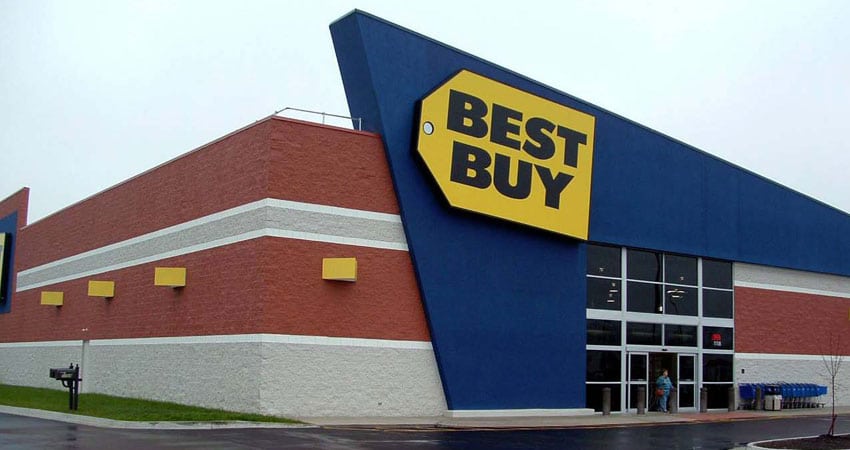Best Buy saw its online sales increase 12% to $1.14 billion in the first quarter, representing 13.6% of total revenue, up from 12.9% a year ago. This was helped by the company’s continued omnichannel investments, improved inventory management and ongoing supply chain transformation.
Overall, Best Buy’s revenue increased 6.8% in Q1 to $9.1 billion, with same-store sales up a healthy 7.1%.
“Based on our data, we believe we continue to gain share online,” said Best Buy CFO Corie Barry in an earnings call with analysts. “We also continue to see our customers shopping in multiple channels as well as material increases in the number of customer choosing to pick up their online orders in stores.”
The reduction in “at-risk inventory” across channels was a contributing factor to the company’s performance in the quarter, Barry said, as well as to customer satisfaction.
“The (quality of inventory) is frankly very much reflected in our (net promoter score) results where our customers are consistently telling us one of the big drivers of that improved customer experience year-over-year is inventory availability both online and in stores,” she said. “And so, I feel very good about the targeted quality of the inventory.”
Barry added that Best Buy has few, if any, customers shopping in just one channel.
CEO Hubert Joly said Best Buy is in the midst of a “multi-year transformation” of the company’s supply chain to meet the challenges of omnichannel demand. Mark Irvin, the company’s vice president of supply chain, spoke to this effort and its impact on Q4 during a keynote address at this year’s Ecommerce Operations Summit.
“We’ve significantly increased investment in automation and more local distribution capabilities for online orders, expanding the space (for online order fulfillment) and improved the customer experience while growing sales of large products that must be delivered,” Joly said.
Joly also said Best Buy continues to be “focused on streamlining the online buying process for our customers.”

